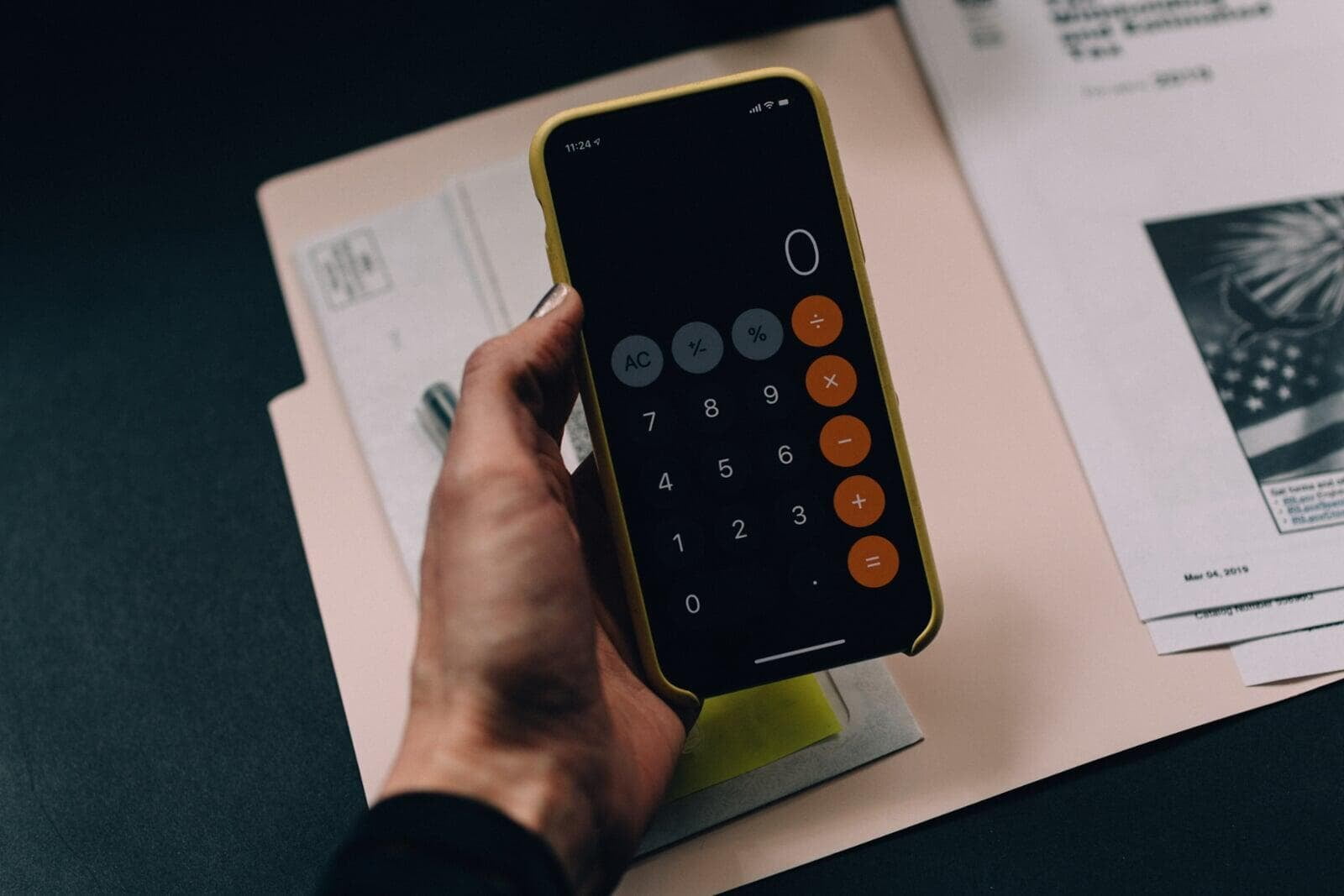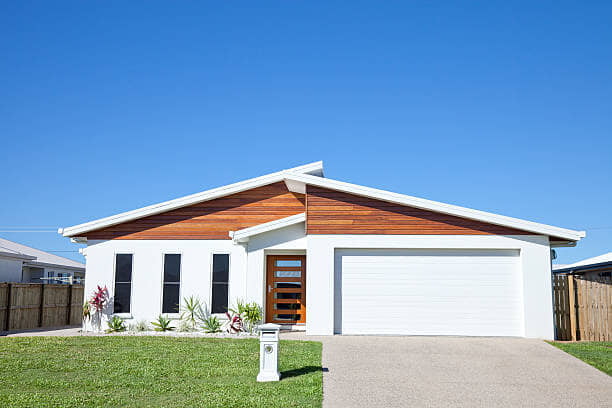
A good property portfolio starts with making a good first property decision. It’s so important to get the first one right because if you don’t, it can take a long time to invest in the second one and here’s why. Firstly, what is the best way to get into the property market? Generally speaking, the largest constraint for the first-time property investor is saving up a deposit that will satisfy the bank’s lending criteria. It’s usually somewhere between 5-20% of the property purchase, so if you’re looking to invest in a property that costs $500 000, you’ll need to save $50 000. On top of the deposit cost is stamp duty and legal fees. Stamp duty varies from state to state and the cost of conveyancing, or transferring the title of one owner to another, can cost between $2000 and $3000. It’s a one-off fee and for an investment property, it’s a tax deduction. There are often a number of incentives to help buyers into the market, however they are usually geared towards the first home buyer and can include first home buyer’s grants and stamp duty concessions. A good source of information is the Office of State Revenue in the state that the property is built in, not the state that you live in. Another option worth exploring is a lending product that is sometimes available to borrowers called the Family Pledge loan. This allows the borrower to leverage a close relatives (typically a parent) equity they have built up in their home to use as the deposit plus stamp duty and legal costs.


If you don’t get the first property investment right, what are the costs? There are three main costs to consider – financial cost, equity cost and emotional cost. If a first-time investor buys at the peak of the market and doesn’t understand the cash flow associated with the property in the first year, there is a risk that the holding costs will impact lifestyle too much and will be compelled to sell the property. This can come at a financial cost if the market has declined further than when the property was bought. Remember the true cost of the property also includes stamp duty and legal fees, and to sell it, listing costs are likely to also be incurred. If the investor can’t afford to hold the property then there will be no equity growth. Without being able to leverage the growth of the investment property, it will be difficult to invest in a second property. Leveraging the equity or growth of the property is how good portfolios are built and the reason why some investors talk about buying 5 properties in 5 years. They understand what it takes to get the timing of the market right, the best loan structure to maximise the available equity and likely partners with a great property investment specialist who works with an equally great finance broker. Losing a property because you can’t afford to hold onto it, is heart-breaking and many investors will only ever invest in 1 property because their first property did not perform as expected. Understanding the timing of the market, the right kind of property to invest in to match your goals, the cashflow before and after tax is what we specialise in – and it’s a free service.
Want to find out more? Go to www.callaproperty.com.au to get started on your portfolio.